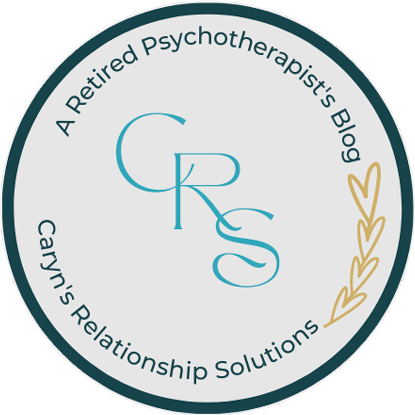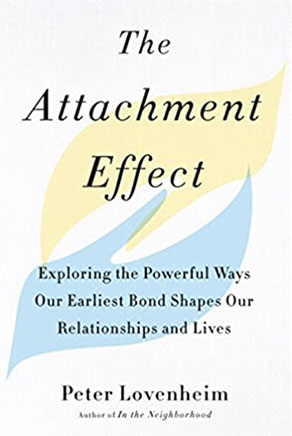As I’ve grown older, sixty-six years and counting, and definitely wiser, I’ve learned much about this feeling we call love. Combining my personal journey (falling in and out of love) and my professional journey (developing a depth of awareness from the stories of others), I have grown immensely.
I know that ‘love’ is a powerful emotional state capable of controlling people and populations. I know that in the name of love, polar points of opposites can be created–enthusiasm and boredom, joy and misery, and kindness and hatred.
Are you aware that the foundation to experience love is founded in science? What occurs in the first few years of life is paramount concerning a person’s ability to love.

Let’s consider a newborn’s first days when the only form of communication is crying or not. The baby feels hopeless and helpless, totally dependent on the caregiver to understand and then supply its needs. Nourishment, movement, touch, and comfort are given in various forms, including milk, rocking, caressing, diaper-changing, swaddling, and blanketing. Eye contact, gentle vocals, and affection are given. Should this process continue, the baby learns that the new world into which it has been thrown will honor its needs. It is a substantial first emotional step. The baby learns to trust, a vital foundation to experience love in any form. Therefore, our first love is the connection to our primary caretaker/s.
As children, we learn that love is active. It has movement, taste, sound, and touch. These early experiences later re-appear in our vernacular as we “fall in love” or are “swept off our feet.” We are drawn to a soft voice in a tender moment reminiscent of our early moments and search to have our skin hunger (yes, that’s a real thing) satisfied. Oral needs also require attention. We savor bites of Norman Love or Godiva Confections, knowing that somehow chocolate satisfies a more profound need. Loved ones carry pet names formulated by our first love of carbohydrates. Sweetie, sugar, pumpkin, sweet pea, and even, my favorite, munchkin has a sweet reference to a mini doughnut.
Can you now recognize that love, introduced in our infancy, must be nurtured, and fed so it will grow and survive?
To foster feelings of love, five throw-back areas need to be addressed.
- Include direct eye contact to experience moments of intense love.
- Speak in a soft voice, reminiscent of cooing.
- This is the time to offer a small number of carbohydrates. A piece of dark chocolate, a glass of wine, a bit of fruit, or a drizzle of well-placed honey can form sensual, loving attachments.
- Hugs and massages lead to skin-hunger satisfaction. Hug your partner at least once a day.
- Movement is important. Walk, hike, dance, and exercise together. Motion in unison will also trigger an early memory and enhance your attachment to each other.
What happens if your or your partner’s childhood included abuse or neglect before the age of five? The ability to trust others and experience love has probably been negatively affected. Seek assistance from a licensed psychotherapist to guide you through the healing process.
Know that we are here to experience love. The concepts in this blog will help you experience deep attachments and loving feelings. Hug your parents (if you can) and thank them for showing you the way.


